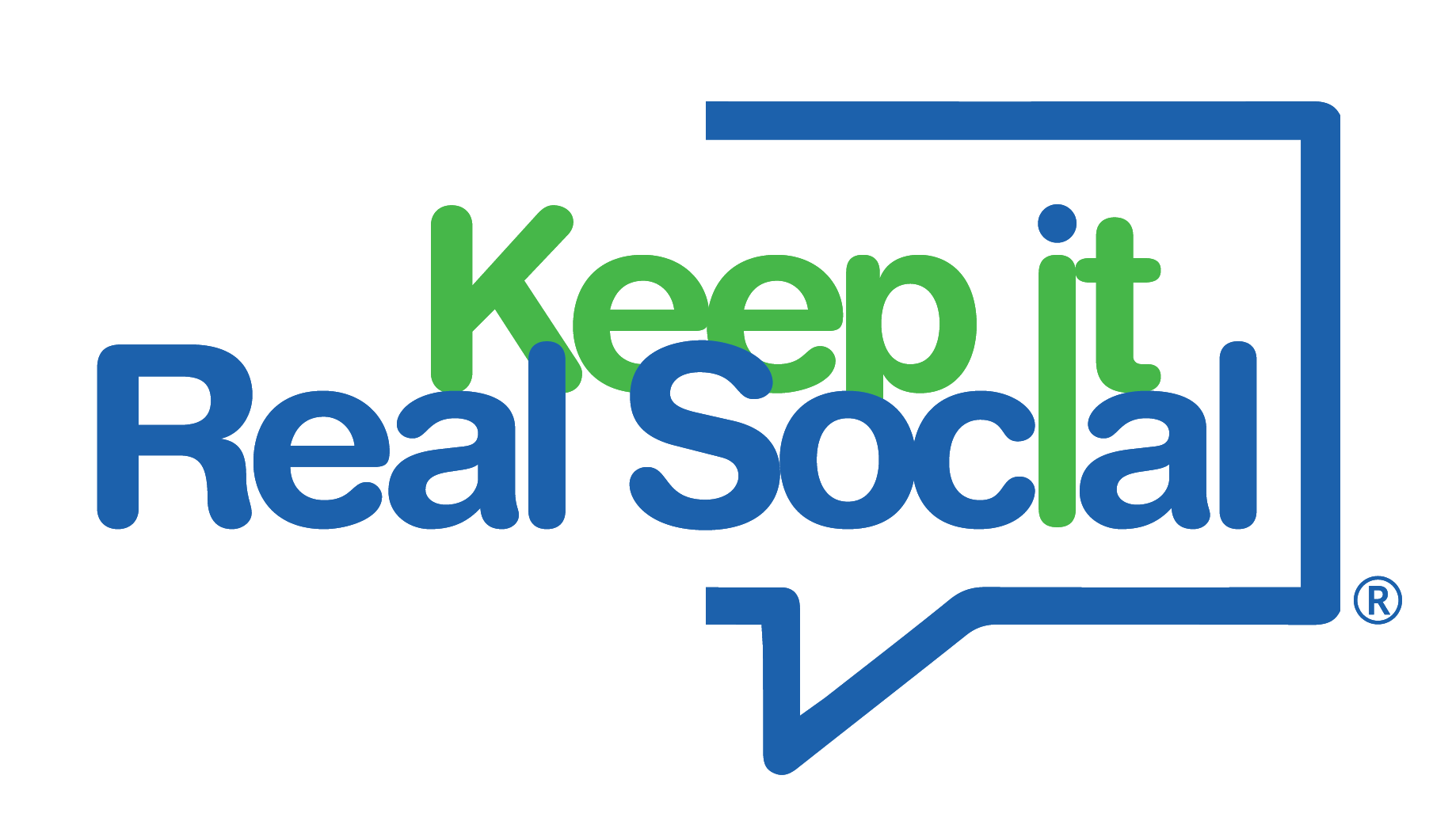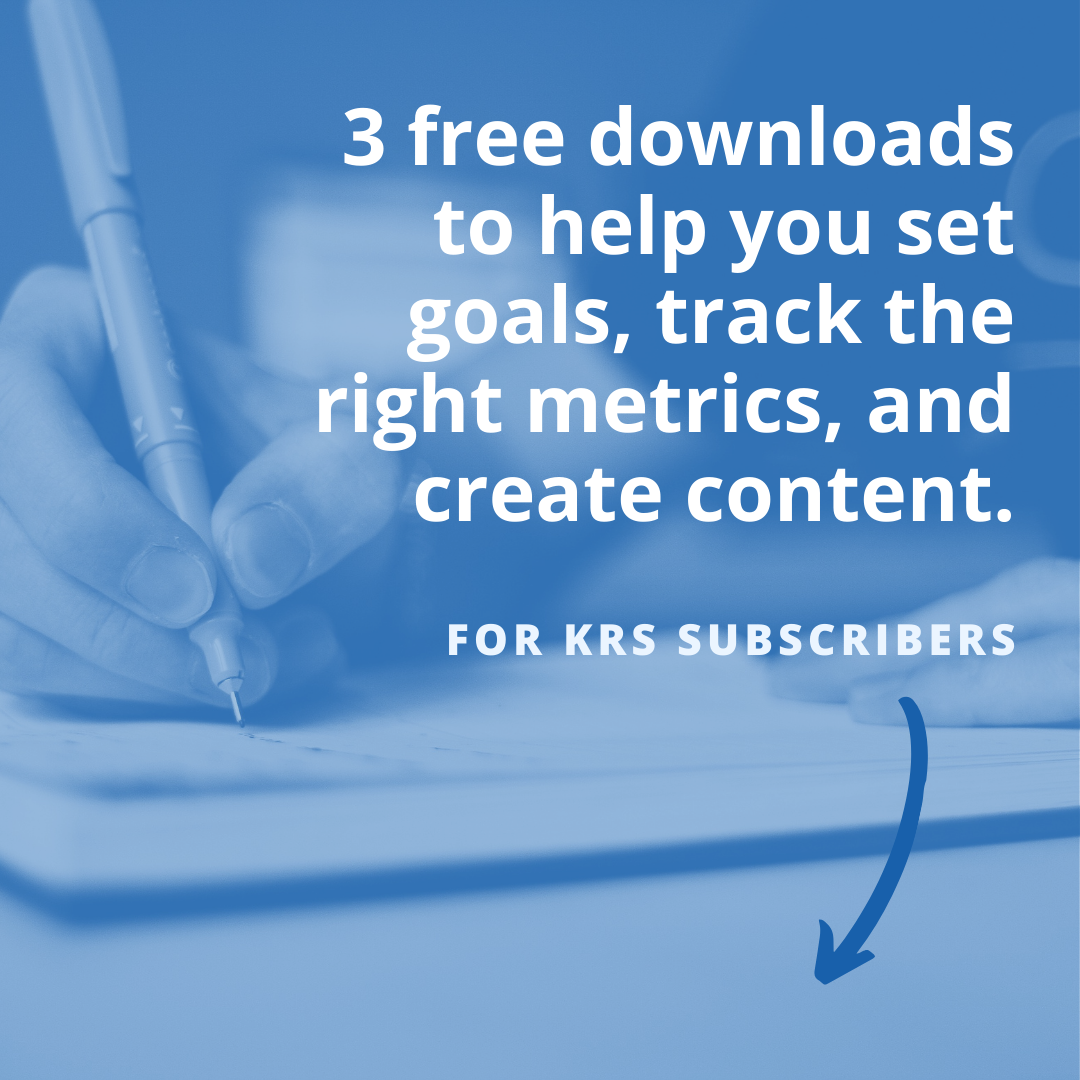The first step in personalizing your content is to develop a clear message and goal for each piece of content you produce. If you don’t have a strategic reason for the content in the first place, personalization won’t help you reach your objective. It’s a matter of deciding where each piece fits into your overall strategy.
There are five degrees of personalization that you can consider, and some are easier than others. The five areas are:
- Segment Specific. Personalize your content by target market segments. Segments might include industry, particular interests, demographic differences, geographical location, or psychographic factors such as a specific need or problem.
- Persona Specific. Personalize content by buyer types. Examples of buyer types include first-time visitors to your website, regular blog readers, prospects who expressed interest in a certain product or service, leads from a specific tradeshow, and so on.
- Stage Specific. Persona specific content is personalized for a type of buyer. The difference with stage-specific is that it identifies a certain step within the buying process. You might create content personalized for a first-time cold prospect, or aim content at a repeat buyer who you know is likely to make a purchase based on an upsell or cross-sell.
- Account Specific. You might personalize your content for a particular prospect or organization.
- Lead Specific. This type of personalization is for one specific individual.
Tactics for personalizing content can be split into two categories – automated and manual.
Automated Personalization
Automated personalization uses technology to publish content based on the data received. The recommendations delivered to you from Amazon or Netflix are based on what you’ve bought or watched on those websites in the past using a logarithm. An example of automation would be setting an autoresponder program to publish pre-scheduled content and direct it to the appropriate audience through your email newsletter based on the audience’s past behaviors and preferences.
Another way to use an autoresponder is to create different email courses based on which lead magnet the subscriber downloads. For example, your blogging information product lead magnet may be followed up with an email newsletter on promoting your blog. The product teaches you how to set it up and the email course then shows you techniques for getting readers.
Manual Personalization
The manual method of personalization involves putting together or creating content yourself based on the information you gather on groups or individuals in your target audience. This can include one-on-one personalized content, such as video responses to specific questions, or personally written emails.
Personalizing Content to Connect with Your Audience
The next step is to use the information you gathered in the last module to figure out where your audience spends time and what type of content they respond best to.
You can’t personalize everything for everyone, but your content will have the most impact when it connects with the majority of your targeted audience at a personal level, and where you have or can get the data you need. Here are some examples to illustrate how this works.
- If you reach your audience through an email newsletter. You use your autoresponder program to segment your list, categorizing your audience based on their purchase history, and then offer them the content that meets their needs where they are in the buying process. You can make promotional offers based on what the customers in each segment bought before. You may also customize content according to the preferences you learned through feedback (some individuals prefer images, some like a certain tone for the text, some prefer video), and you set your autoresponder to use the person’s first name in the greeting for a personal touch.
- If your audience frequents your blog. On the sidebar, it recommends other posts the reader might like based on the one they’re reading now. It might also offer recommendations for products or services related to what’s covered in the post. You could also include offers for other related content and calls to action directed at each possible segment of your market that might be reading the post.
- If your audience comes directly to your website. In this case, you might create separate pages for different audiences. It could detect their geographic location or language settings and offer what’s appropriate, or offer a different page depending on where the link came from. If the link was under a YouTube video, you might offer a page with similar videos. If the source is a page advertising a product, it might lead to your products page or a page where the customer can place an order. You might also offer a page that’s appropriate to their current stage in the customer journey.
- If you’re interacting with your audience through social media. In this case, you might offer visual content that’s targeted to your audience’s tastes; in other words, the type of content they engage most with. You could offer curated content from sources you know your audience responds to, or share personal customer stories and images. You might tag certain individuals in the description of a piece of content so that it will come to their attention.
Leveraging Existing Content for Personalization
There are two ways that your existing content can help you personalize for your audience today. One is to gather feedback and the other is to repurpose.
Your audience’s reaction to existing content reveals their tastes and preferences. What content you’ve produced until now has performed well?
Review your past content and identify the pieces that were the strongest. Look at metrics and engagement. For example, you might have one stand-out blog post that got a high number of shares on social media. Something about this post got it shared, whether it was the topic, tone, or format. This tells you something about your audience and what they enjoy.
You might do something like create a “Top 10 Greatest Hits” list or make a list of every piece of content that got over a certain number of shares. Review this content and ask yourself why it received the engagement it did. Are there similarities between the pieces? Consider format (type of media, length, and other specs), topic, tone, problem addressed, and other factors. Through this review, try to gain a clear factor or list of factors that lie behind these pieces’ popularity with your target audience.
The other way your existing content can help is through repurposing. Repurposing means taking existing content and altering it so it becomes a whole new piece of content. Repurposing helps you leverage existing content, improve existing content (make it more relevant or appropriate for your audience), and save time.
Repurposing could include any of the following or any combination of the following:
- Change Format. You can take a piece of text content and use it as the script for a video. Take an audio interview and transcribe it to create an article or blog post. Pick one piece of content and translate it into a different media format (the format your customers most prefer) and you have something totally new.
- Expand. Take existing content and expand it to create new content. You can add to an existing article. You might have a post with five tips and add more detail to the tips. Another method is to turn each of the five tips into its own stand-alone article.
- Condense. Take the content and condense it. You can turn an article into an infographic by taking the main point of each paragraph or section and condensing it to a sentence. You could take a series of related videos and make one video that summarizes all of them in a concise way (you can then link to each of the longer, more detailed videos for viewers who want more information).
- Update. Take an old piece of content and add new information to it to make it current. Old content that you repurpose may be inaccurate today or may lack the latest information. You can brush up old content to make it relevant to your audience now.
- Change Angle or Tone. Present the same information but do it for a new target audience, with a new tone, or a different angle. If you have an article on best practices, you can turn each best practice and present it as a negative, repurposing it as a “common mistakes” article.
When you repurpose old content, you’re getting more mileage out of it. It’s a content creation shortcut that saves you time and trouble. But always repurpose with your audience in mind. Use what you know about your audience to make your old content more personal and relevant to them.
Automated Tools for Personalizing Your Content
Tools are often essential for personalizing content. You don’t have to do it all manually. There is a wide range of tools available and they include:
- Quiz plugins – When a person visits your website, they’re presented with a short quiz asking about their interests. Based on their answers, it directs them to the content that would be most relevant to their stated interests.
- Profiles plugins – Some sites now have a profile option for visitors. They ask the visitor to choose which profile most matches them. These profiles could be something like positions in a company, such as New Hire, Sales Staff, or Management. They choose the profile and then are taken to the most appropriate page.
- Email autoresponders – An autoresponder is a program used for email marketing. It allows you to send messages to your subscribers and receive data about them. Autoresponders offer a wide range of personalization options. They can offer specific content based on the actions or preferences of subscribers.
- Recommendation plugins – Another example is a WordPress plugin that presents specific posts or products based on where someone lands on your site or which content they consume.
Another example would be a plugin that uses the visitor’s name for a personalized message. When they land on the page, it says something like, “Hi, (name), welcome back! Here are the latest posts we think you’d like.
Non-Automated Content Personalization
An example of a non-automated method would be sending out an email manually with a PDF attachment or links to your blog posts. With non-automated methods, you have to pick exactly who you’re sending the content to based on the data you have about them. For example, you might go into your customer database and see who has purchased more than one product from a Category A. You’d then send them a PDF report with the latest advances in Category A products.
Another non-automated personalization strategy is to take a specific question from a customer and create a screen recording with audio that shows them how to solve the problem. For example, they might be trying to embed a video on their blog. You can walk through the process step-by-step with instructions and a screen capture video that shows them exactly how to do it. This is much better than just directing the person to your FAQ or another piece of content.
Obviously, non-automated and more personal methods require more time and resources. But they have a more powerful impact. These methods are also difficult to scale as a business’s operations grow. For this reason, they’re more often used at a smaller scale, and automated options become more viable as you scale up.



